by guest contributor Steven McConnell
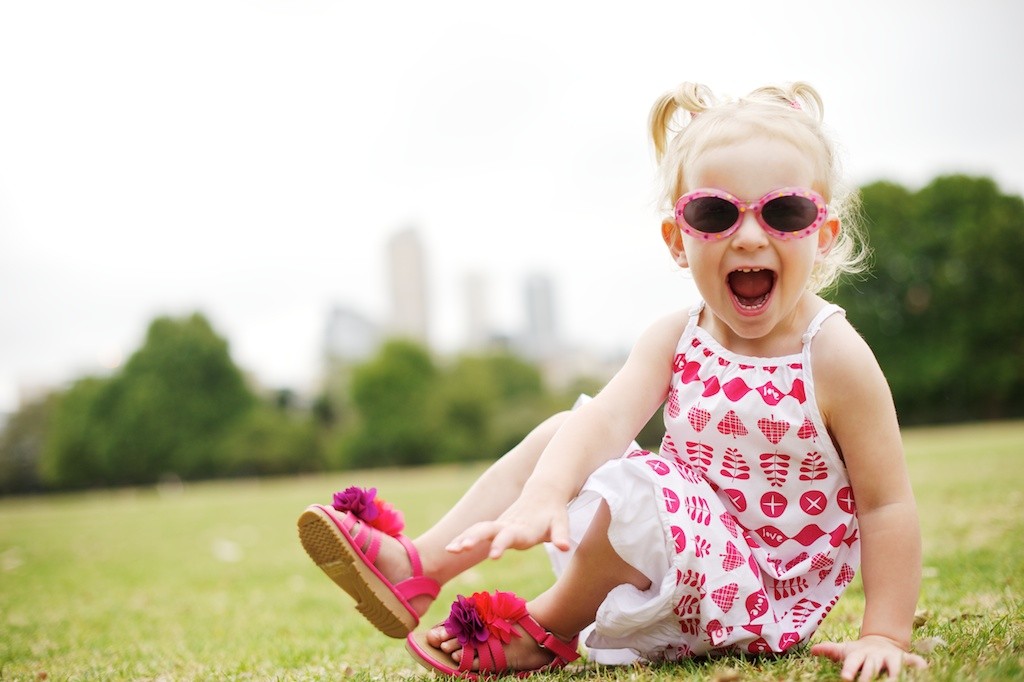
If you were in the business of selling diamonds, pricing would be pretty clear: there are formulas you’d follow which would help you calculate the right sale price based on weight, size, clarity, etc. And you would never think about giving some diamonds away for free “because you’re just starting out”, right?
For photographers, it’s a bit different. Giving away work for free while learning the ropes is quite common (and people differ in their opinion on whether it’s a good idea or not) and the final product – the photograph – could be worth anywhere between nothing and a small fortune.
This raises some interesting questions: when should you start charging for your photos and how much should you charge?
Today I’d like to focus mainly on the first question. I don’t claim to have a definitive answer, but I can share some of the lessons I’ve learned when I was first starting out. There were some traps I successfully avoided and some I avoided by pure luck. I fell into a few traps as well, but I’m hoping to help you not find those.
Hopefully sharing those experiences with you will help you keep your customers happy and help you make money from your art.
Is Working For Free Ever A Good Idea?
Overall, I’m in favour of doing free shoots for friends and family before starting to charge for your work. The main concern which is usually raised against that idea is this:
“But once people know I work for free, they’ll not be willing to pay me money.”
Perhaps, but this concern can be guarded against by being responsible for how you communicate your desire to give away freebies. You must make it clear that you’re giving away (for example) 10 shoots to build your portfolio – and that’s that.
Furthermore, if people somehow did label you as a “free photographer” in their minds, that argument ignores the fact that you’re also building a successful business model. If you are working on this as well, you will bring in potential customers through organic search, advertising, partnerships, etc who don’t yet know anything about your current campaign of giving away work for free. It’s also a good thing to remember that if you’re expecting to get more customers from within your circle than outside it, you’re not building a strong enough business strategy.
So that argument falls on its face in both instances.
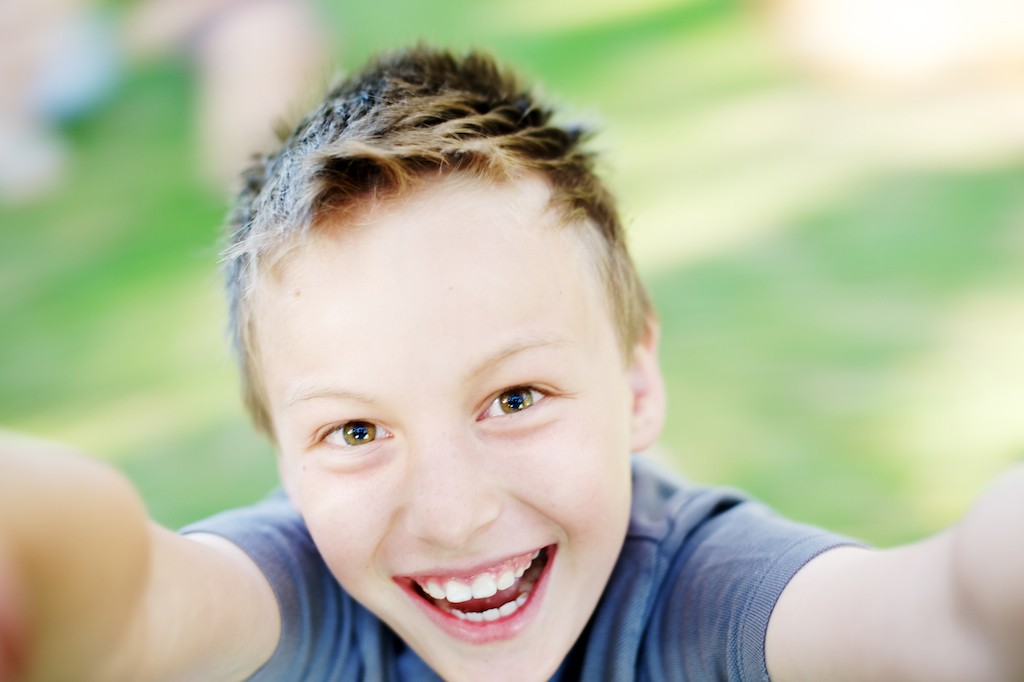
More Reasons To Give Away Some Free Shoots.
Realistically speaking, before people start booking you, they’ll need to see a portfolio of your work which shows off your abilities within your chosen photographic niche.
You also need a website which is rich in photographs. If your site is primarily pages of text with one portfolio page full of photos, it will look odd – and a lot of potential customers will pass you by. In addition to developing your technical skills, you need to have quite a few shoots under your belt just so that you can showcase what you photograph.
Let’s assume at this point that you’re on board with the whole “free shooting” idea, which means your next question is:
“When should I start charging money?”
Like I said at the start, I don’t have an absolute answer for you. But I can share my own journey so that you can decide for yourself how you want to play this game.
My First 10 Shoots: Learning Technical Elements.
Here’s how it unfolded for me. I gave away 3 photography sessions before booking my first paid client. To give you some context, I have been taking photos since a young age – I was developing film and photos in little tubs of chemical at 10 years old.
I hadn’t consistently kept up the hobby since then, so it’s not like I have “20 years of photography under my belt”. Far from it. But I did know how to use a camera outside auto mode, I understood some things about lighting and composition and I was aware of what depth of field was and how it related to aperture, shutter speed and ISO. I also had access to decent gear: a 5DMKII with a 27-70mm f/2.8 lens and I rented additional bits and pieces: an 85mm f/1.2 lens and a Sunbounce reflector.
3 free shoots after refreshing my photography, I decided I was ready for the big, bad world of real clients. When a real client actually did call (wasn’t that an exciting day!), I booked them. In reality I probably wasn’t ready for it, but I got lucky in a sense that during this shoot (and the one after it) all conditions were perfect.
I scouted the areas beforehand so I knew where I’d put people and how light would fall, the weather was perfect (which meant that light fell exactly as I anticipated) and the kids were the most behaved I’ve ever photographed. Looking back, if nature had thrown me a curveball, I probably would have screwed up those shoots tremendously. I just didn’t have the experience to deal with unexpected situations.
Then nature did throw me a curveball on my 6th session. I allowed a client to convince me to do the session closer to midday which made lighting unusual and more difficult, plus the client was in a rush. Even though I had scouted the location as always, I didn’t notice all kinds of weird branches, fences and buildings cluttering up the backgrounds. Add to it an extraordinarily windy day which made using the reflector impossible and a kid who was just not having a good day.
At the time I thought that the photos turned out OK despite all the problems, but looking back at them now, I feel it’s the one shoot where I didn’t deliver the goods.
If I had to summarise my first 10 shoots, I’d say this: my brain was mainly occupied with technical elements of photography. I was learning to use the camera to a point of relatively unconscious competence and I was constantly thinking about lighting, compositions, white balance and posing people.
This meant that I always delivered a bunch of photos to my clients which were good technically (and clients always said “great photos, thank you!”), but when I look at them critically now, the weakness I see is that many of them lacked creative expression and a connection with my subjects.
Consistency was also a weak point – if I delivered 50 photos then maybe 15 of them were what I’d call “gems” while the rest just nice little snapshots.
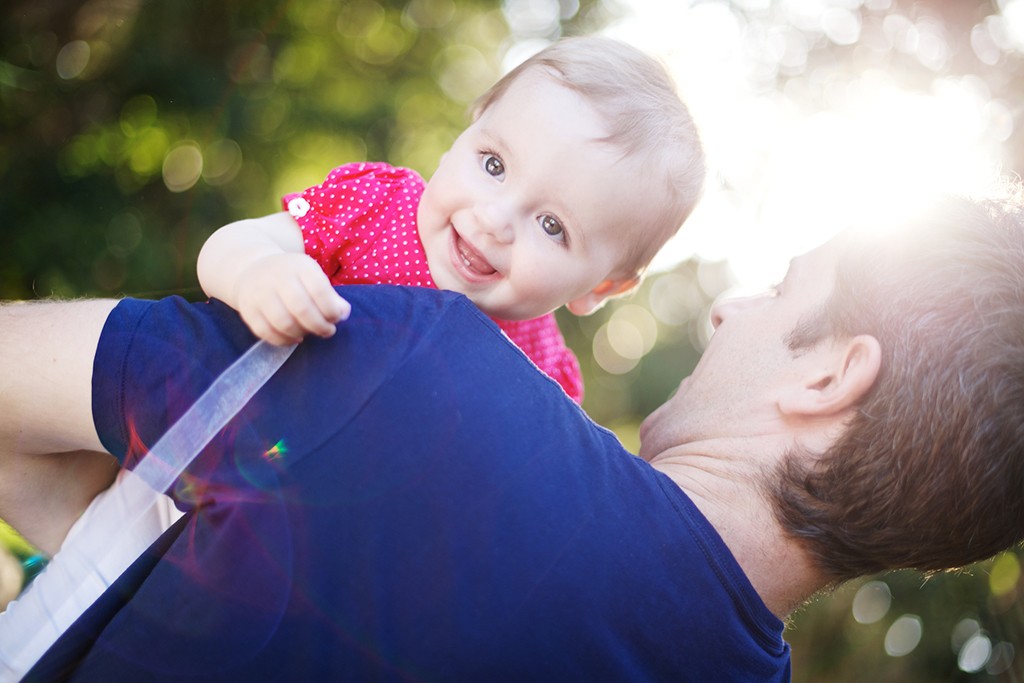
Between 10-20 Shoots: Learning To Interact With Subjects.
After the first 10 shoots, a big shift happened.
I felt more free to have my head up away from the camera – and my headspace opened up to the point where 90% of my brain power wasn’t taken up by keeping track of f-stops, shutter speed, direction of light, DOF and worrying about how I’m doing. This is where the idea of forming connections with my subjects stared to sink in. I began to experience myself not as a photographer, but as a guy responsible for creating a good time with people and also capturing those moments of happiness.
I stopped being afraid of my subjects. I became more relaxed which, in turn, made them more relaxed. I became more interested in the lives of my subjects and I’d ask questions not just to make small talk, but because I genuinely was curious about it and wanted to bring it out and capture it during the photoshoot.
I started to have a lot more fun during the sessions – and, funnily enough – so did the clients.
We have so much fun these days that it’s one of the ways I distinguish ourselves from our competition. We literally aim to give our clients a quality day out with their family – and some amazing photos to go along with it.
I also began to learn how to deal with people better. If a kid was not having a good day I’d know when to back off and give him some space and when to be firm. In the past, I’d just plough ahead and push people way past their comfort zone – just so I’d “get more shots in”.
In Conclusion
If I was to start all over again, I’d make myself wait until I felt that transition at around the 10 shoots mark. I got away with one dissatisfied customer purely through a combination of luck and huge amounts of preparation.
I think at the very least you need to have enough experience under your belt so that you can be more present with your subjects (rather than with the blinking numbers on your camera) and so that when something goes wrong, you know how to deal with it.
I think when you feel that transition, you become more of an artist than a camera operator, which means the quality of photographs you produce will take a giant leap forward as well. This in turn means that you’ll have more raving fans, rather than merely satisfied ones.
Considering how stiff the competition is, you can’t afford to have any other customers other than the raving type!
![]()
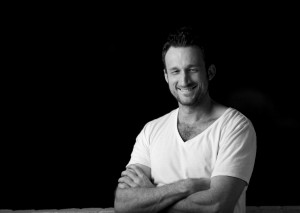 About the Author: Steven McConnell is a family portrait photographer based in Sydney. You can catch up with him on Google+
About the Author: Steven McConnell is a family portrait photographer based in Sydney. You can catch up with him on Google+





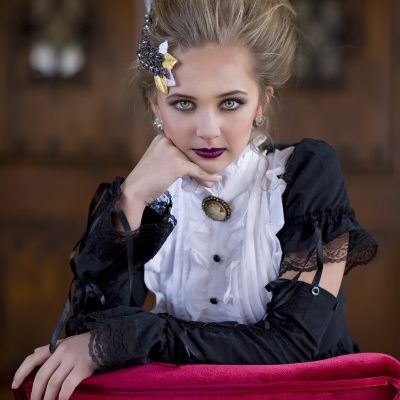
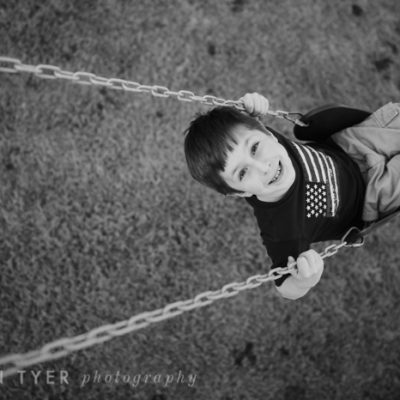

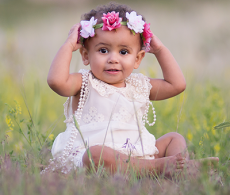
What a great post. Thanks for sharing this information.
This totally hit the spot for me right now, thanks! 🙂
Thank you for sharing your wisdom!
Great advice! Thanks for sharing.
Wow! This article came on the day I received photographs from two ‘shoots’ (free ones) that I had done. These pics, when I would see them, were going to determine where I went with my Photography. Whether I would stay hobbyist or was it time to move up to Photographer. The pictures were very good and made me decide it’s time to move up. And then I opened an email that contained this article. THANK YOU THANK YOU THANK YOU! Very much appreciate your advice and honesty!
Thank you for this post; I am in the process of going from a newbie to a pro and am preparing to set my first round of rates. This was just what I needed to read in order to push myself towards the next step. Awesome!
This is a great post, thanks.
Here is something that just happened today. My neighbor booked an extended family portrait in January. We thought the weather would be decent outside. We were wrong. It’s cold, windy, muddy. So we decided to to them in her home and I used a flash – bounced.
I feel super confident outside and even inside with a little space. I ended up feeling like I let her down. The photos are okay but not *beautiful.*
Is this kind of thing inevitable as you get up and running. It seems like there is so much to learn that if you wait until you’ve got it all down pat you’ll never get paid!
Thoughts?
Thanks,
Jennifer
I totally agree with this article. Being a stay at home and a photographer, I took my first year to do some volunteer photography for the nursery school, I little bit of bartering and trade and took photos for my friends kid’s birthday parties as a gift to them. By then word of mouth got around and I set my prices in stone. There is a place for freebie sittings. I also donate a couple of sittings a year to different school auctions to introduce myself to new families. Thank you for making me realize I am on the right page!!
I cannot even tell you how helpful this was!! Thank you for a great article!
I’ve really been struggling with this. Me – I’m happy practicing and learning. I’ve had a few great shoots and some okay ones (probably more of the later), but I have lots of people telling me I’m ready and that I deserve to earn money for my time, effort, and equipment. I’ve realized that we will never stop learning and I love that idea!! I’m one of those people that really has to put my all into what I do and right now I can’t give that to photography. Life sometimes doesn’t let us do exactly what we want. So while I’m close to setting prices, it’s not time for me (no matter what my external sources are saying) and I don’t mind that. Thank you for saying what I do is okay. and for reminding me to be cautious.
Great article Steven! Would say this is also true for people who do more edgy fine art type stuff and people start asking if they can commission you to do a similar type shoot for them.
Great article, so informative and helpful! I really like your comments on connecting with the subject–not just taking pictures! I’ve been struggling with when to start charging. Thanks for this!